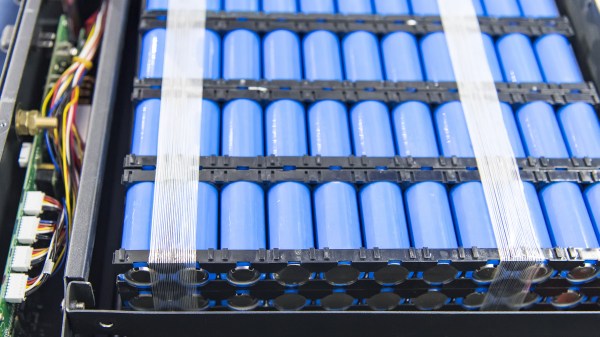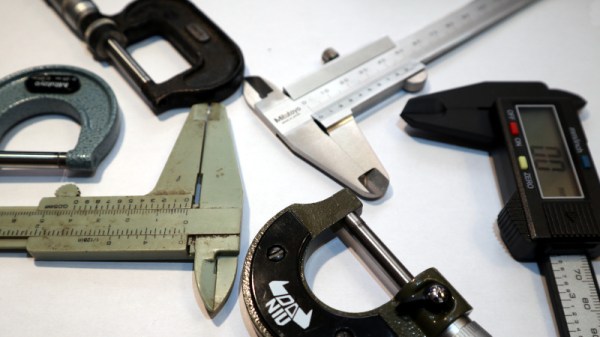Batteries were once heavy, awkward things, delivering only a limp amount of current for their size and weight. Thankfully, over time, technology has improved, and in 2020, we’re blessed with capable, high-power lithium polymer batteries that can provide all the power your mobile project could possibly need. There are some considerations one must make in their use however, so read on for a primer on how to properly use LiPos in your project!
So Many Types!
With the first commercial lithium-ion battery entering the market in 1991, the (nearly) 30 years since have seen rapid development. This has led to a proliferation of different technologies and types of battery, depending on construction and materials used. In order to treat your batteries properly, it’s important to know what you’ve got, so paying attention to this is critical. Continue reading “A Beginner’s Guide To Lithium Rechargeable Batteries”


















